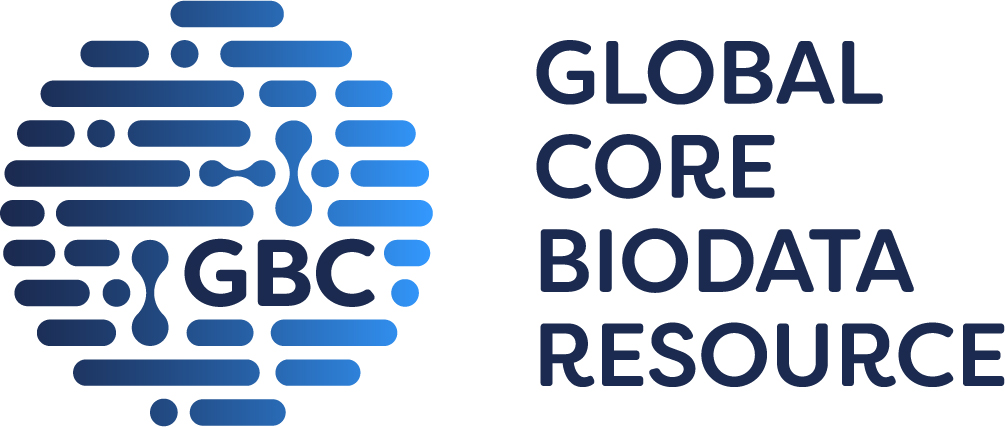
GtoPdb is requesting financial support from commercial users. Please see our sustainability page for more information.
Peptidyl-prolyl cis/trans isomerases: Introduction
References
1. Annett S, Moore G, Robson T. (2020) FK506 binding proteins and inflammation related signalling pathways; basic biology, current status and future prospects for pharmacological intervention. Pharmacol Ther, 215: 107623. [PMID:32622856]
2. Annett S, Moore G, Short A, Marshall A, McCrudden C, Yakkundi A, Das S, McCluggage WG, Nelson L, Harley I et al.. (2020) FKBPL-based peptide, ALM201, targets angiogenesis and cancer stem cells in ovarian cancer. Br J Cancer, 122 (3): 361-371. [PMID:31772325]
3. Barik S. (2018) Dual-Family Peptidylprolyl Isomerases (Immunophilins) of Select Monocellular Organisms. Biomolecules, 8 (4). [PMID:30445770]
4. Donley C, McClelland K, McKeen HD, Nelson L, Yakkundi A, Jithesh PV, Burrows J, McClements L, Valentine A, Prise KM et al.. (2014) Identification of RBCK1 as a novel regulator of FKBPL: implications for tumor growth and response to tamoxifen. Oncogene, 33 (26): 3441-50. [PMID:23912458]
5. Dunyak BM, Gestwicki JE. (2016) Peptidyl-Proline Isomerases (PPIases): Targets for Natural Products and Natural Product-Inspired Compounds. J Med Chem, 59 (21): 9622-9644. [PMID:27409354]
6. Edlich F, Erdmann F, Jarczowski F, Moutty MC, Weiwad M, Fischer G. (2007) The Bcl-2 regulator FKBP38-calmodulin-Ca2+ is inhibited by Hsp90. J Biol Chem, 282 (21): 15341-8. [PMID:17379601]
7. Edlich F, Lücke C. (2011) From cell death to viral replication: the diverse functions of the membrane-associated FKBP38. Curr Opin Pharmacol, 11 (4): 348-53. [PMID:21514222]
8. Erlejman AG, De Leo SA, Mazaira GI, Molinari AM, Camisay MF, Fontana V, Cox MB, Piwien-Pilipuk G, Galigniana MD. (2014) NF-κB transcriptional activity is modulated by FK506-binding proteins FKBP51 and FKBP52: a role for peptidyl-prolyl isomerase activity. J Biol Chem, 289 (38): 26263-26276. [PMID:25104352]
9. Frausto SD, Lee E, Tang H. (2013) Cyclophilins as modulators of viral replication. Viruses, 5 (7): 1684-701. [PMID:23852270]
10. Ghartey-Kwansah G, Li Z, Feng R, Wang L, Zhou X, Chen FZ, Xu MM, Jones O, Mu Y, Chen S et al.. (2018) Comparative analysis of FKBP family protein: evaluation, structure, and function in mammals and Drosophila melanogaster. BMC Dev Biol, 18 (1): 7. [PMID:29587629]
11. Girardini JE, Napoli M, Piazza S, Rustighi A, Marotta C, Radaelli E, Capaci V, Jordan L, Quinlan P, Thompson A et al.. (2011) A Pin1/mutant p53 axis promotes aggressiveness in breast cancer. Cancer Cell, 20 (1): 79-91. [PMID:21741598]
12. Kolos JM, Voll AM, Bauder M, Hausch F. (2018) FKBP Ligands-Where We Are and Where to Go?. Front Pharmacol, 9: 1425. [PMID:30568592]
13. Koren 3rd J, Jinwal UK, Davey Z, Kiray J, Arulselvam K, Dickey CA. (2011) Bending tau into shape: the emerging role of peptidyl-prolyl isomerases in tauopathies. Mol Neurobiol, 44 (1): 65-70. [PMID:21523562]
14. Maestre-Martínez M, Haupt K, Edlich F, Jahreis G, Jarczowski F, Erdmann F, Fischer G, Lücke C. (2010) New structural aspects of FKBP38 activation. Biol Chem, 391 (10): 1157-67. [PMID:20707607]
15. McClements L, Annett S, Yakkundi A, O'Rourke M, Valentine A, Moustafa N, Alqudah A, Simões BM, Furlong F, Short A et al.. (2019) FKBPL and its peptide derivatives inhibit endocrine therapy resistant cancer stem cells and breast cancer metastasis by downregulating DLL4 and Notch4. BMC Cancer, 19 (1): 351. [PMID:30975104]
16. McClements L, Annett S, Yakkundi A, Robson T. (2015) The Role of Peptidyl Prolyl Isomerases in Aging and Vascular Diseases. Curr Mol Pharmacol, 9 (2): 165-79. [PMID:25986561]
17. McKeen HD, McAlpine K, Valentine A, Quinn DJ, McClelland K, Byrne C, O'Rourke M, Young S, Scott CJ, McCarthy HO et al.. (2008) A novel FK506-like binding protein interacts with the glucocorticoid receptor and regulates steroid receptor signaling. Endocrinology, 149 (11): 5724-34. [PMID:18669603]
18. Nath R. (2017) Peptidyl-prolyl isomerase (PPIase): an emerging area in tumor biology. Cancer Res Front, 3: 126–143. DOI: 10.17980/2017.126
19. Robson T, James IF. (2012) The therapeutic and diagnostic potential of FKBPL; a novel anticancer protein. Drug Discov Today, 17 (11-12): 544-8. [PMID:22265918]
20. Saibil H. (2013) Chaperone machines for protein folding, unfolding and disaggregation. Nat Rev Mol Cell Biol, 14 (10): 630-42. [PMID:24026055]
21. Shirane M, Nakayama KI. (2003) Inherent calcineurin inhibitor FKBP38 targets Bcl-2 to mitochondria and inhibits apoptosis. Nat Cell Biol, 5 (1): 28-37. [PMID:12510191]
22. Storer CL, Dickey CA, Galigniana MD, Rein T, Cox MB. (2011) FKBP51 and FKBP52 in signaling and disease. Trends Endocrinol Metab, 22 (12): 481-90. [PMID:21889356]
23. Sunnotel O, Hiripi L, Lagan K, McDaid JR, De León JM, Miyagawa Y, Crowe H, Kaluskar S, Ward M, Scullion C et al.. (2010) Alterations in the steroid hormone receptor co-chaperone FKBPL are associated with male infertility: a case-control study. Reprod Biol Endocrinol, 8: 22. [PMID:20210997]
24. Theuerkorn M, Fischer G, Schiene-Fischer C. (2011) Prolyl cis/trans isomerase signalling pathways in cancer. Curr Opin Pharmacol, 11 (4): 281-7. [PMID:21497135]
25. Valentine A, O'Rourke M, Yakkundi A, Worthington J, Hookham M, Bicknell R, McCarthy HO, McClelland K, McCallum L, Dyer H et al.. (2011) FKBPL and peptide derivatives: novel biological agents that inhibit angiogenesis by a CD44-dependent mechanism. Clin Cancer Res, 17 (5): 1044-56. [PMID:21364036]
26. Yakkundi A, McCallum L, O'Kane A, Dyer H, Worthington J, McKeen HD, McClements L, Elliott C, McCarthy HO, Hirst DG et al.. (2013) The anti-migratory effects of FKBPL and its peptide derivative, AD-01: regulation of CD44 and the cytoskeletal pathway. PLoS One, 8 (2): e55075. [PMID:23457460]
27. Zheng H, You H, Zhou XZ, Murray SA, Uchida T, Wulf G, Gu L, Tang X, Lu KP, Xiao ZX. (2002) The prolyl isomerase Pin1 is a regulator of p53 in genotoxic response. Nature, 419 (6909): 849-53. [PMID:12397361]







